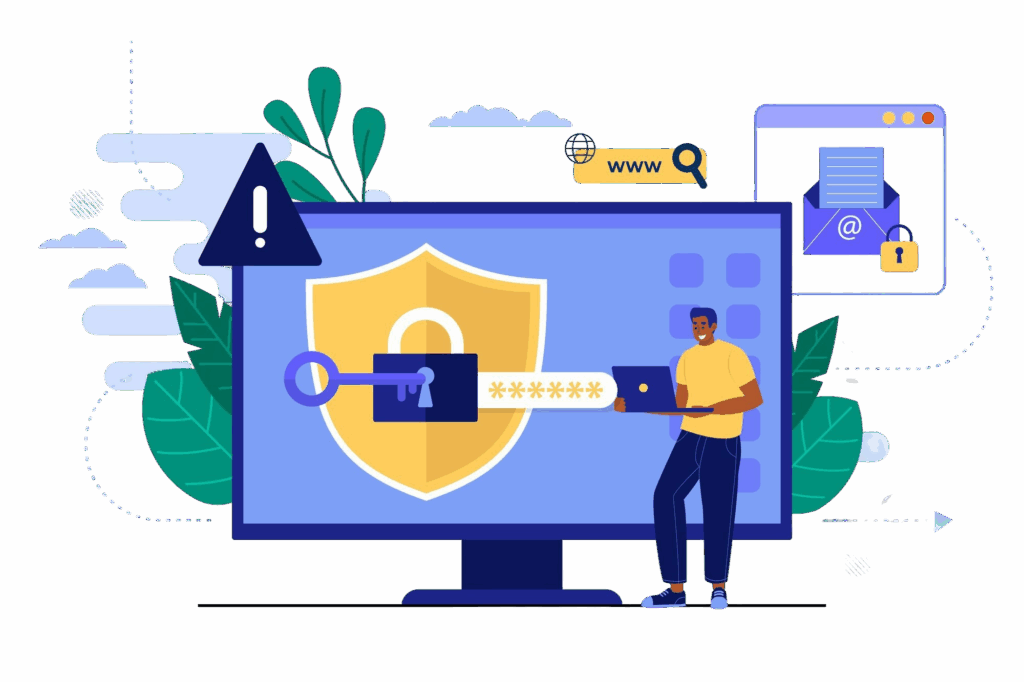What Is Website Security?
Website security refers to the set of practices and technologies used to protect a website from cyberattacks, unauthorized access, data breaches, and malicious disruptions. A secure website builds trust, protects sensitive information, and ensures smooth, uninterrupted online operations.

Common Website Security Threats
The goal of website redesign is to improve user experience, increase traffic, and make it easier to convert visitors into clients.
Website redesign allows for better content organization, helping visitors find information more easily and boosting their engagement.
• Malware:
Malicious software designed to damage, steal, or hijack website data and resources.
• SQL Injection:
A code-based attack that targets database vulnerabilities to extract or manipulate sensitive data.
• DDoS Attack:
Overloads the server with traffic, making the website slow or completely inaccessible.
• Cross-Site Scripting (XSS):
Injects harmful scripts into web pages that execute in users’ browsers.
• Weak Passwords & Unencrypted Data:
Make it easier for attackers to gain unauthorized access and intercept sensitive information.
How to Improve Website Security
• Install and maintain an SSL certificate (HTTPS protocol)
• Use strong passwords and enable two-factor authentication (2FA)
• Keep your CMS, plugins, and themes updated
• Implement a Web Application Firewall (WAF)
• Schedule automatic backups regularly
• Choose a secure hosting provider
• Run routine security scans with trusted plugins (e.g., Wordfence, Solid Security)

🔒 SSL Certificate and HTTPS Protocol
Ensures encrypted communication between users and the website, protecting personal data and confidential information. An SSL certificate not only secures user data but also enhances the site’s credibility in the eyes of visitors and search engines.
🔄 Regular System Updates
Updates close security vulnerabilities and protect the site from known threats. Without regular updates, the website remains exposed to common attacks and technical flaws that can be easily exploited.
🔍Site Scanning and Monitoring
Security tools detect suspicious activity and enable timely response. Continuous site scanning helps identify malicious files, unusual behavior, and potential weaknesses before they become serious issues.
🧱 Firewall and Authentication
Adding protective layers makes it harder for attackers to access the site and its data. A firewall filters harmful requests before they reach the website, while authentication ensures that only authorized users can access sensitive areas of the system.
Want to secure your website and protect your business?
Contact us – let’s build a safer digital future together!
